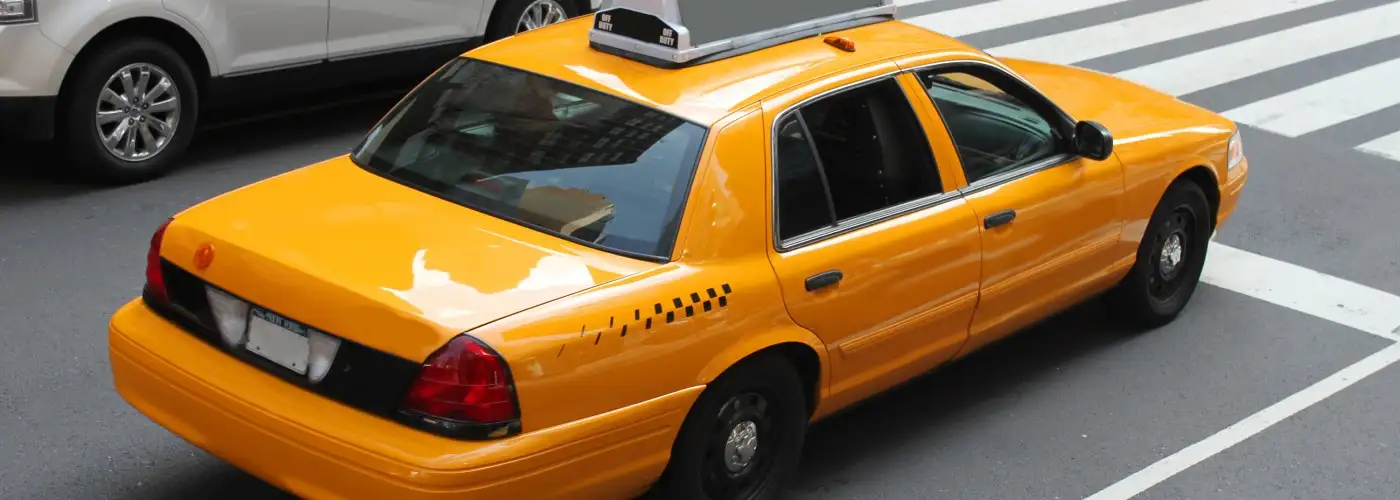A recent report in The Telegraph of London highlighted some of the world’s most expensive taxi rides between airport and downtown. Fortunately, you have lower-cost alternatives at most. Here’s a rundown of the 10 most expensive major airports outside of the United States:
- Tokyo’s Narita Airport: $305. That’s outlandish, but hardly anybody actually uses taxis. Express trains on either JR-East (about $30) or Keisei Skyliner (about $24) take less time—about an hour—and local trains can cost about half those express fares. Also, many travelers take buses directly from their hotels.
- Oslo Airport Gardermoen: $120. Again, this is an airport where most people use trains: The Flytoget airport high-speed express ($30) takes you to the city center in 20 minutes, with slower trains at lower costs.
- Milan’s Malpensa Airport: $115. This is yet another airport so far out of town that few travelers take taxis. Instead, they use trains ($13), which take about 45 to 60 minutes, depending on destination stations.
- London Heathrow Airport: $90. Typical business-class travelers probably take the taxi—quick taxi access is one of the reasons they prefer close-in Heathrow over Gatwick or Stansted—but leisure travelers are likely to take one of the rail options, running from the high-speed nonstop Heathrow Express ($32), 20 minutes to Paddington, to the slightly slower Heathrow Connect train ($16) to Paddington and the Underground to just about anywhere in central London (about $9 peak, $5 off-peak) but included on a one-day travel card ($25 peak, $15 any day after 9:30 a.m. and all day on weekends).Gatwick and Stansted are so far out of town that nobody really even considers cabs; rail costs are about $30 to $35 on nonstop airport expresses and, at Gatwick, slower trains cost $16 and up.
- Munich Airport: $68. Although the distance isn’t great, taxis are expensive. Alternative train-to-city center stations cost about $14 and take 15 to 30 minutes depending on the downtown station.
- Paris Charles de Gaulle Airport: $60. This is another airport that isn’t far outside the city but suffers from very high taxi costs. The alternative RER train costs about $12 and takes roughly 30 minutes.
- Melbourne’s Tullamarine Airport: $60. The alternative express bus costs about $17 and takes about an hour. Rail service is planned.
- Amsterdam Airport Schiphol: $57. Although Schiphol is close to town, taxis are expensive. Alternative trains to the city center cost about $6.50 and take 20 minutes, either to the central station or the outlying Zuid district.
- Copenhagen’s Kastrup Airport: $56. The alternative train costs about $3.50 to the center city and takes about 30 minutes.
- Brussels Airport: $47. The train to the city center—Europe’s first airport rail link—costs about $10 and takes 20 minutes.
For the most part, taxi fares at these airports are so high that even a couple sharing a cab would pay more for taxi fare than two rail or bus fares, although door-to-door taxi service might look reasonably good for families at some places. Unfortunately, what is often the best alternative airport transport in the United States, the door-to-door shuttle, hasn’t spread widely to most of the rest of the world.
These days, lots of important airports offer rail service, including most other big hubs worldwide. I used rail access everywhere on last year’s round-the-world trip: Beijing, Dubai, Istanbul, Krakow, and Seoul. U.S. hubs are catching up fast: Those with good rail access include Atlanta, Baltimore, Boston, Chicago/Midway, Chicago/O’Hare, Cleveland, Miami, Minneapolis-St. Paul, New York/JFK, Newark, Philadelphia, Portland, San Francisco, Seattle, St. Louis, and Washington/Reagan National. The most recently opened is the light rail at Salt Lake City. Notable exceptions include Dallas-Ft. Worth, Denver, Detroit, Houston, Las Vegas, Los Angeles, New Orleans and Washington/Dulles, although Dallas, Denver, and Dulles are planning rail links. The downside to rail access is the need to schlep baggage up and down stairs at many downtown stations.
Even where taxi fares are lower, you have to be careful to avoid unlicensed cabs and being “taken for a ride” to run up the meter. Always check what the fare should be before you get in a cab.
Ed Perkins Seniors on the Go is copyright (c) 2012 Tribune Media Services, Inc.
You Might Also Like:
We hand-pick everything we recommend and select items through testing and reviews. Some products are sent to us free of charge with no incentive to offer a favorable review. We offer our unbiased opinions and do not accept compensation to review products. All items are in stock and prices are accurate at the time of publication. If you buy something through our links, we may earn a commission.
Related
Top Fares From
Today's Top Travel Deals
Brought to you by ShermansTravel
Porto to Lisbon: 7-Nt, Small-Group Portugal...
Indus Travels
 vacation
$1899+
vacation
$1899+
Greenland: Luxe, All-Incl. 11-Nt Exploration Small-Ship...
Swan Hellenic



Ohio: Daily Car Rentals from Cincinnati
85OFF.com






